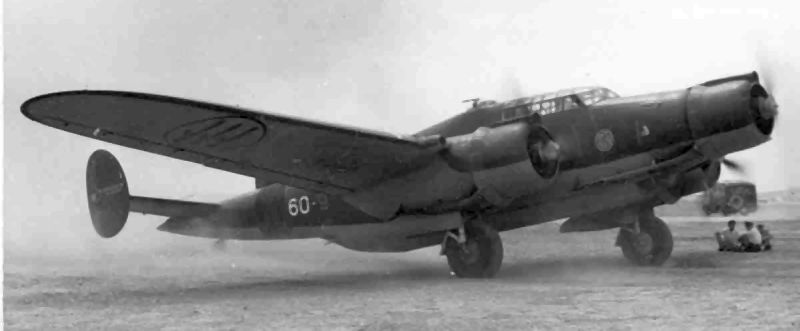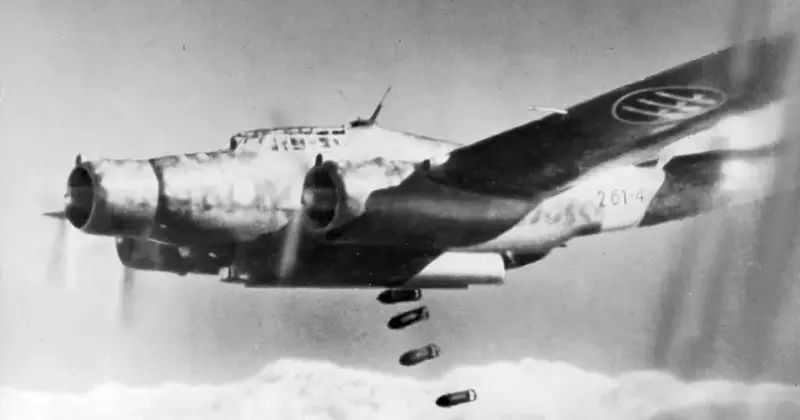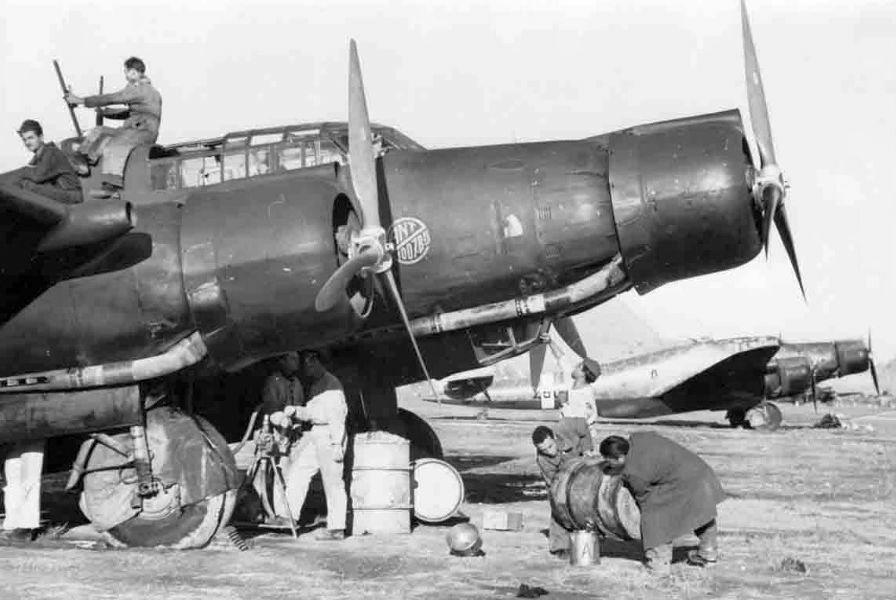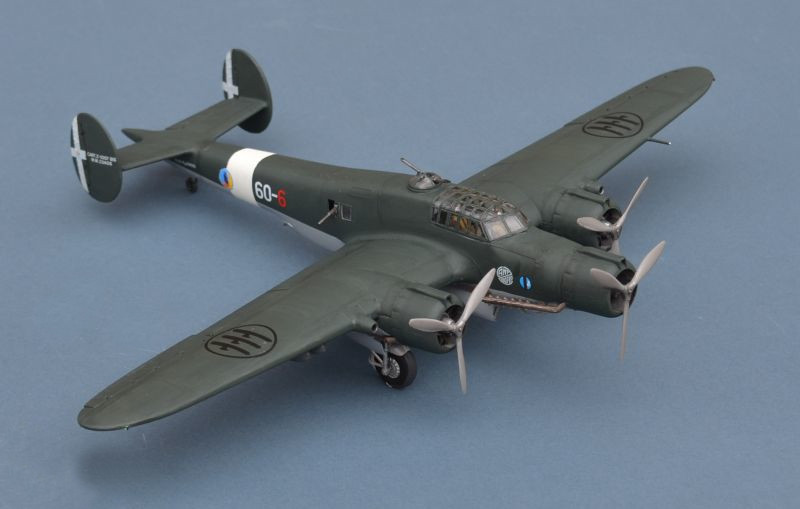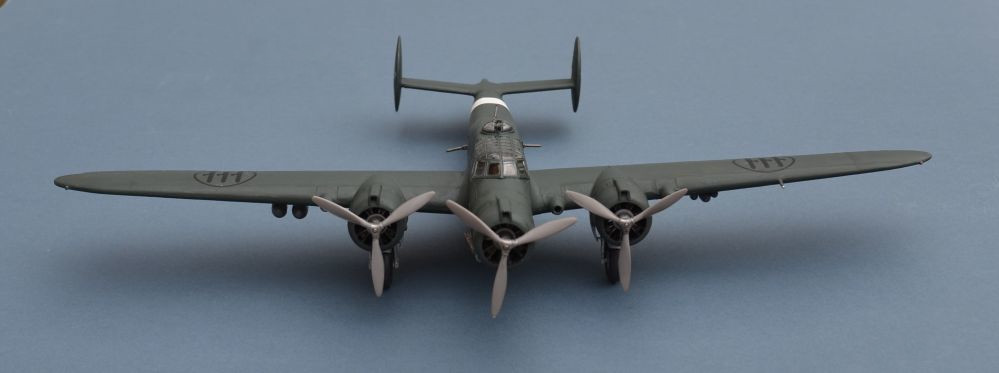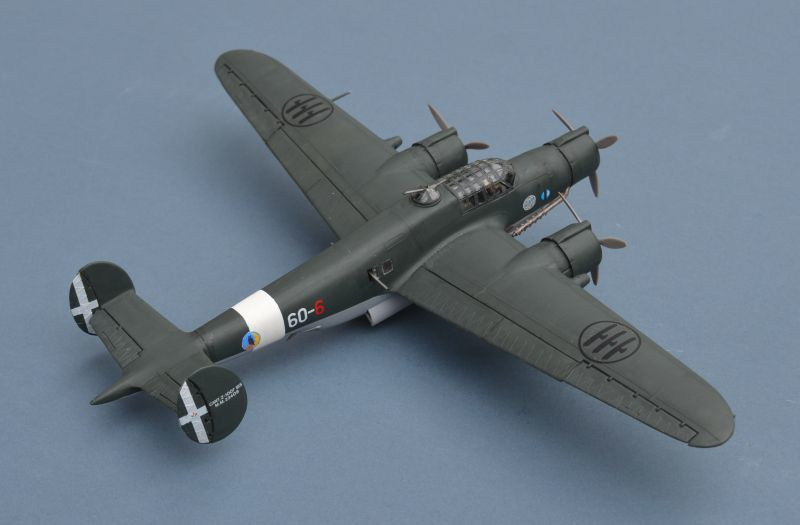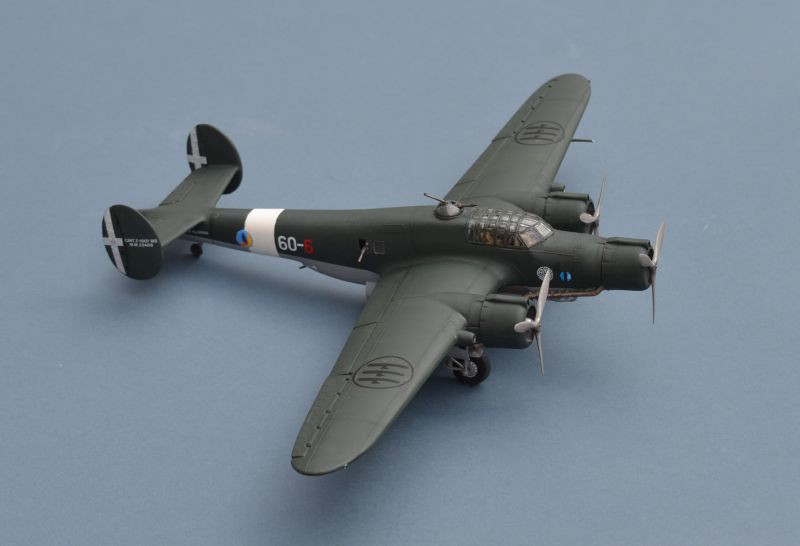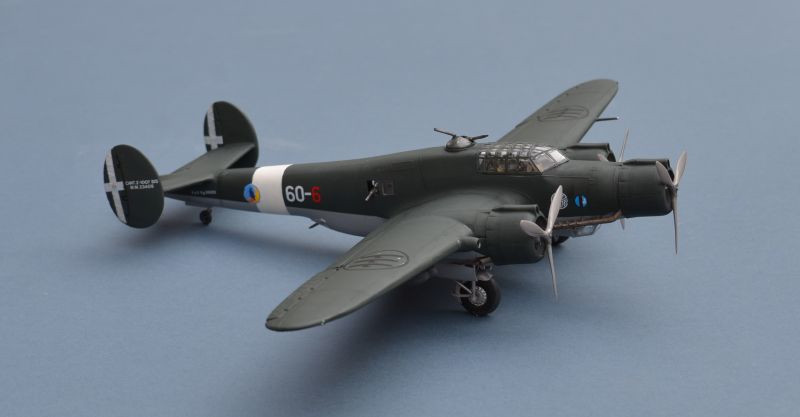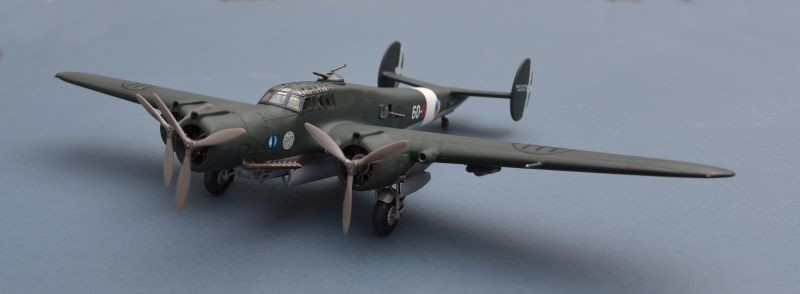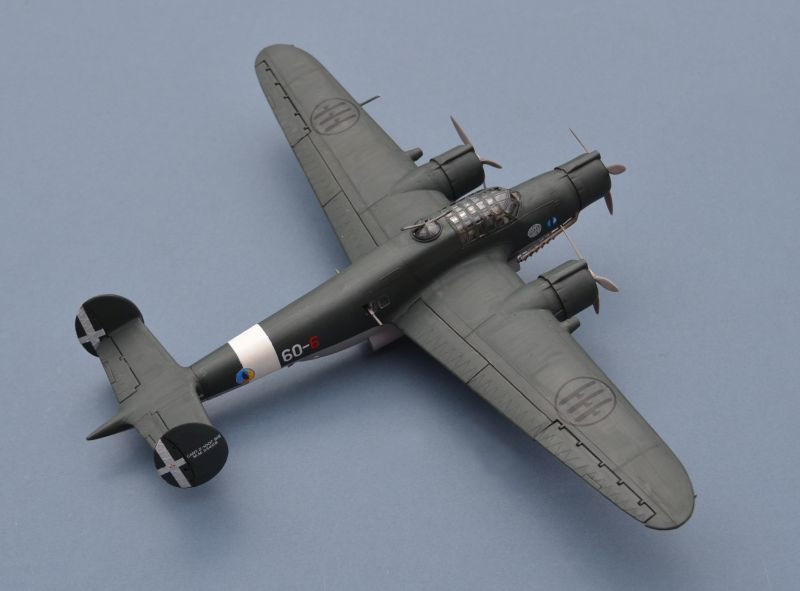July 2023
CANT Z.1007 bis Alcione
CANT Z.1007 bis Alcione (Kingfisher)
60a Squadriglia, 33 Gruppo, 9 Stormo, Regia Aeronautica.
Trapani-
Supermodel 1/72 with inkjet decals
Revell 1/72 with modifications
© www.gengriz.co.uk
The Z.1007 medium bomber was designed in the mid 1930s by Fillippo Zappata of CANT
(Cantieri Aeronautica e Navali Triestini) , based on the highly successful CANT Z.506
floatplane. With a crew of five, its three 1,000hp rotary Piaggio P,XI RC.40 engines
(derived from the French Gnome-
With a highly streamlined wooden construction, the Z.100bis was fast (285 mph)and carried a reasonable bomb load of 1,200 kg, with wing hard points for an additional 1,000Kg. Normal operating range was around 600 km and although it could carry two torpedoes in the bomb bay, it was never used in this role.
Handling was heavy, requiring a second pilot seated just behind the main controls,
who helped to provide “muscle” during take-
Although most bombing raids on Malta were conducted by SM.79s , Ju-
Throughout 1942 two Stormi and four Gruppi of Alciones flew in the anti-
During Operation Pedestal (August 1942) 51° Gruppo flew reconnaissance missions from Sardinia against the Malta Convoys, with 3 aircraft bombing the convoy at high altitude on the 14th August.
Building the Supermodel CANT Z.1007 kit:
Supermodel were a relatively short-
 The kits themselves are well regarded. Definitely a product of 1970s technology,
nevertheless, they are nicely engineered with mostly good parts layout but are also
rather chunky with little in the way of fine detail. In many ways this one reminded
me of later FROG kits and I did wonder if the same Hong Kong-
The kits themselves are well regarded. Definitely a product of 1970s technology,
nevertheless, they are nicely engineered with mostly good parts layout but are also
rather chunky with little in the way of fine detail. In many ways this one reminded
me of later FROG kits and I did wonder if the same Hong Kong-
This kit, the CANT Z.1007 Alcione comes in two versions, one with twin tail surfaces and the other with a single rudder/fin. So far as I can tell the kits are identical except for their tail assembly. The closely related CANT Z.506 B Airone (Heron) floatplane kit is currently available from Italeri in a significantly upgraded form, but seems to have been an entirely different mould, albeit that its layout is very similar.
Surface detail is raised, but quite restrained. I can't really speak for the accuracy; I have seen some reviewers claiming airframe shape issues, but since the Supermodel kits are the only 1/72 kit of their type available and only one Z.1007 remains in existence, there is little to compare with. A basic cockpit (seats and sticks) is provided and with the large canopy it definitely needs a little more clutter and sidewall detail added. Four aircrew figures are provided, two sitting pilots and two crouched gunners. These are a little simplistic, but perfectly usable and definitely help to fill the empty space.
Link to more Italian aircraft on my Other Side pages
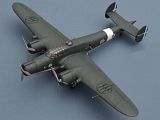
The engine parts on the other hand, are beautifully detailed and well worth a little extra attention. It almost seems a shame to hide them away in their cowls! The undercarriage is the most complicated assembly in the kit, but fits together logically and strongly. Be careful attaching the mudguards, as these can interfere with the wheels if not placed exactly. Clear parts are nicely moulded and nicely clear (more shades of FROG), with well defined canopy frames, which always helps with painting. The turret, with its distinctive aerodynamic balancing arm needs to be trapped between fuselage halves before you join them (guess what I missed). An asymmetric wing bomb load is provided. I'm not sure how realistic this is, with 3 small bombs on one wing and two large ones on the other (why?). Inside the bomb bay, 2 larger bombs are provided and I added some polystyrene rod actuator arms for the bay doors, as much to hold them in position whilst the glue hardened as anything else.
 Decals cover a late Z.1007 and one from the Greek campaign. Although mine had yellowed
somewhat, they were entirely usable with a little edge trimming. Painting notes are
limited to the outer surfaces, which is a little disappointing as info on Italian
WW2 aircraft is dififcult to find, although there are plenty of Youtube videos of
Z.1007s flying. I went for a grey colour for the interior. The suggested paint schemes
are very tame for an Italian WW2 aircraft, reflecting the late-
Decals cover a late Z.1007 and one from the Greek campaign. Although mine had yellowed
somewhat, they were entirely usable with a little edge trimming. Painting notes are
limited to the outer surfaces, which is a little disappointing as info on Italian
WW2 aircraft is dififcult to find, although there are plenty of Youtube videos of
Z.1007s flying. I went for a grey colour for the interior. The suggested paint schemes
are very tame for an Italian WW2 aircraft, reflecting the late-
For paint I used hand-
This was a very satisfying build, slightly more difficult than normal and certainly not "shake and make", but with no major issues and a real sense of achievement at the end. Although never as numerous as the SM.79, the larger Z.1007 was one of the main attackers used during the Malta campaign and an important addition to my growing "Malta" collection.

